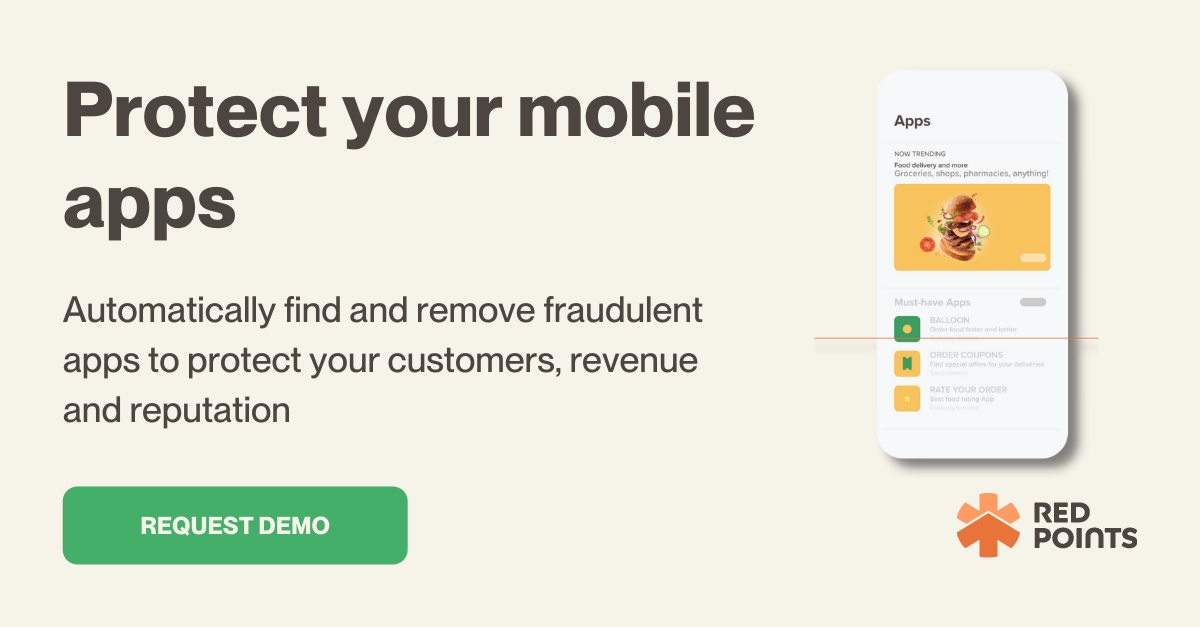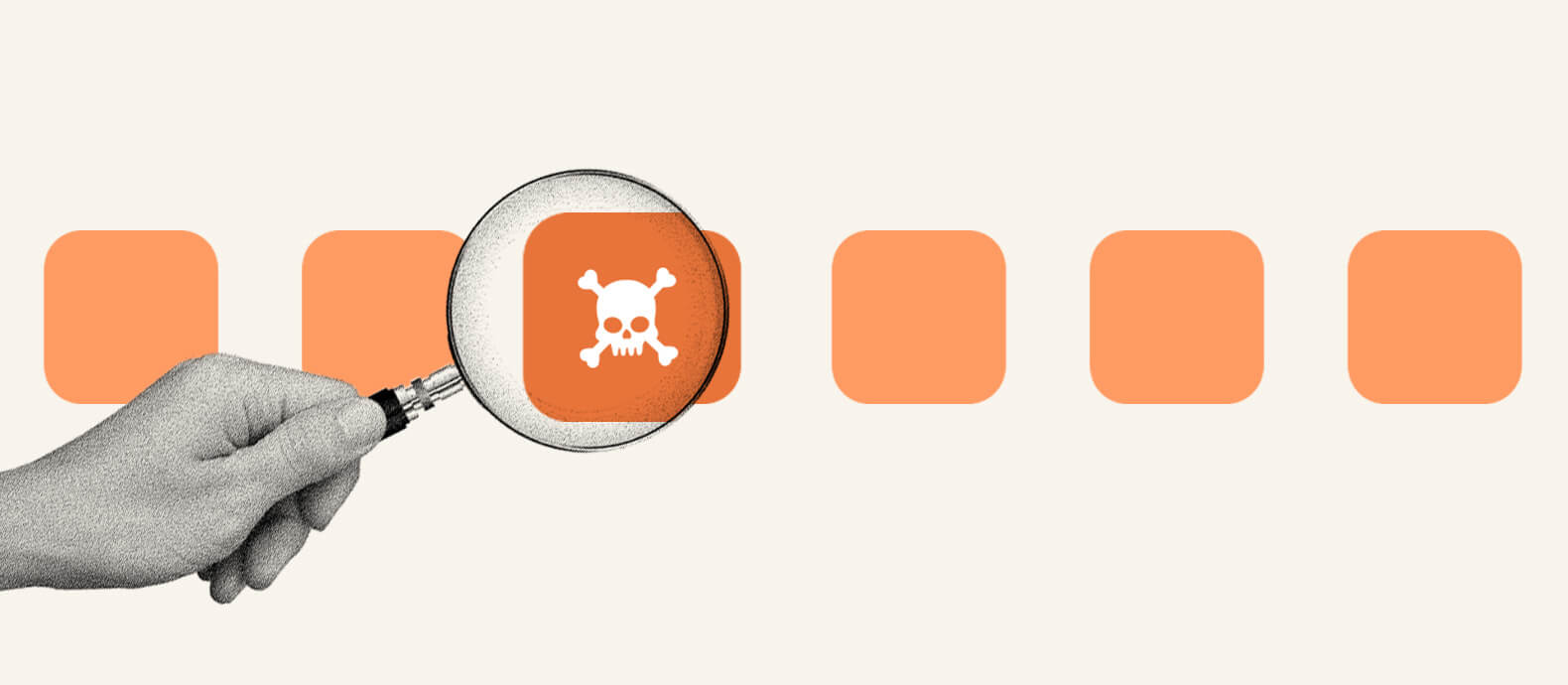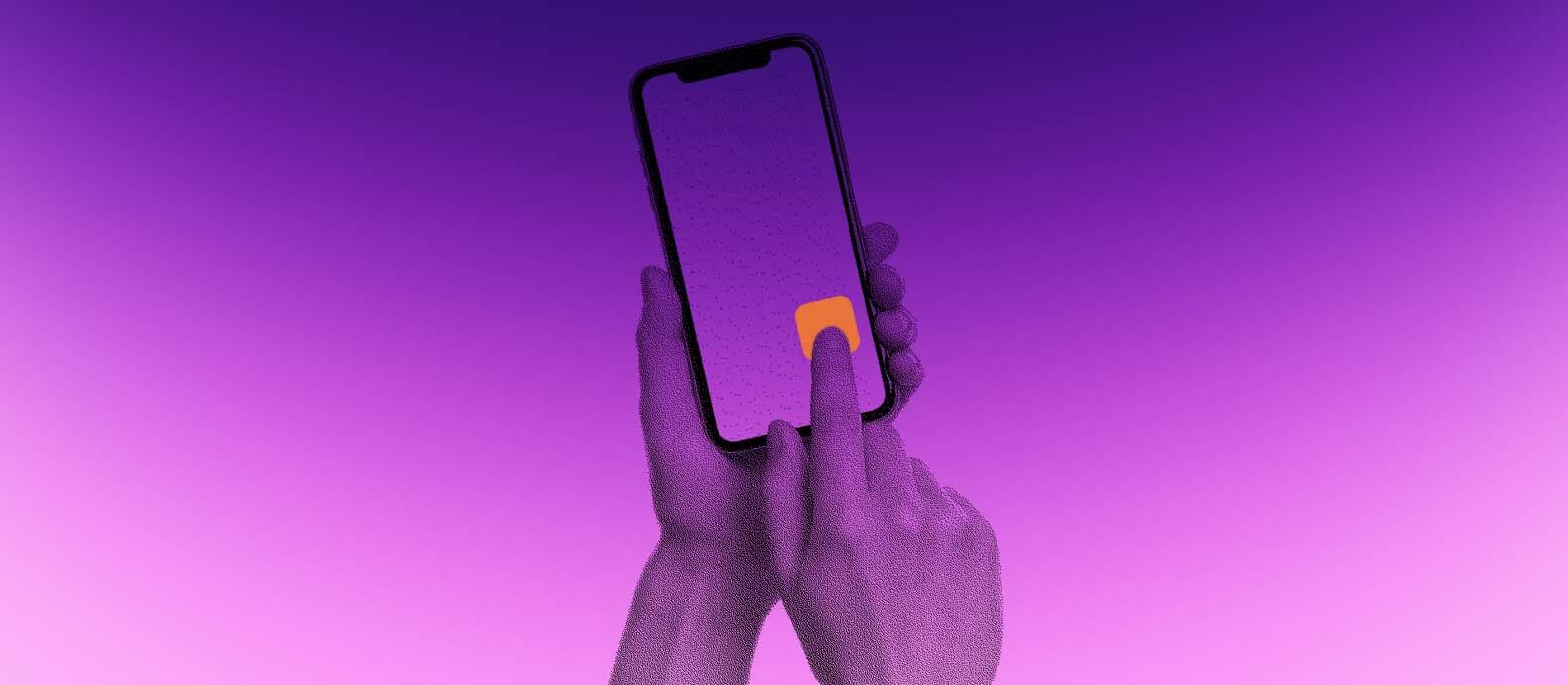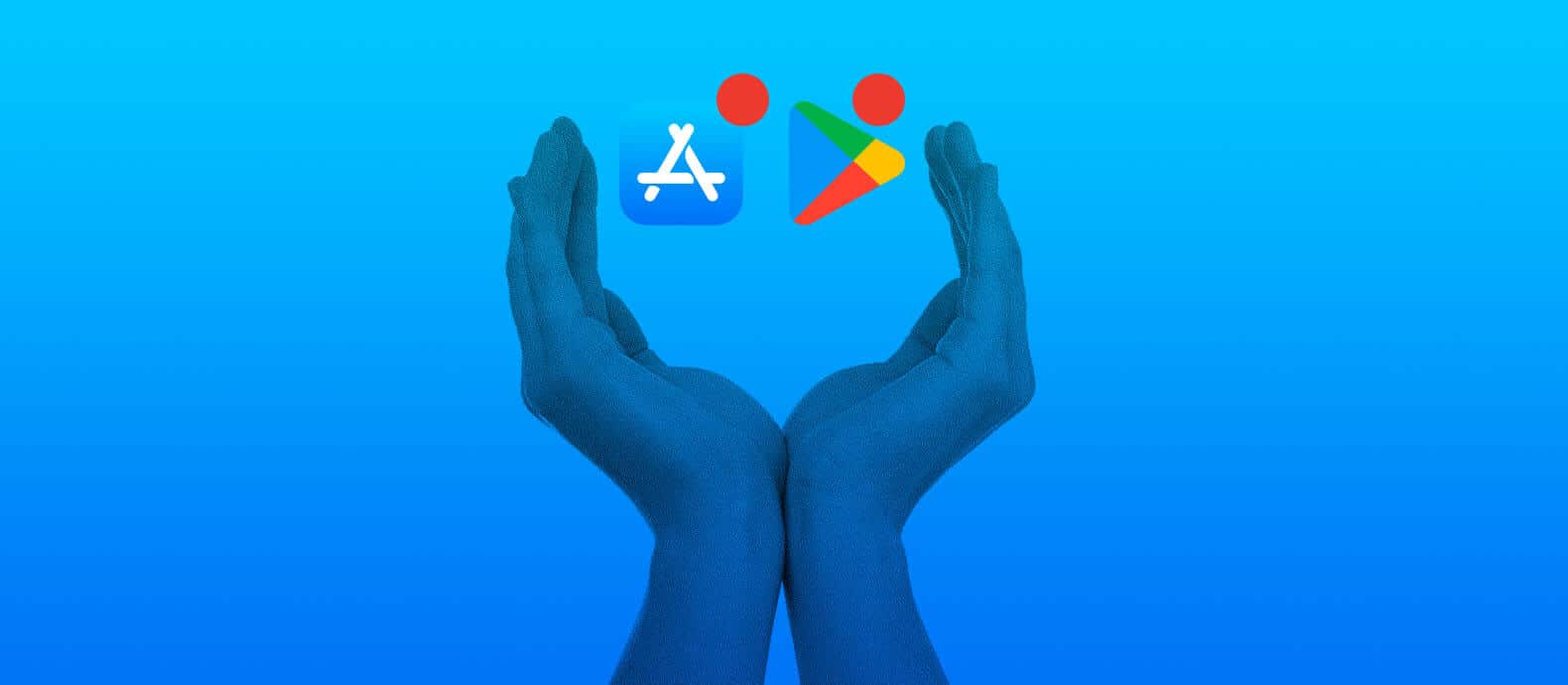Software piracy is a global crime, and reports estimate more than $11 billion is lost to piracy every year.
Unfortunately, because the latest software is valuable and always high in demand, it is easy to create an exact copy of a program from a single computer, and software piracy is widespread.
App copying is a significant concern for businesses and developers, as it can lead to loss of revenue and damage to the reputation of your brand.
In this article, we discuss:
- what app copying is
- types of app copying
- how to protect your app from being copied
- how can Red Points’ protect your mobile apps?
What is app copying?
App copying refers to the unauthorized replication or imitation of a mobile app by another party. This can involve copying the app’s code, design, name, or functionality and can be done with the intention of distributing a duplicate app to users who believe they are downloading the original app.
The consequences of app copying can be significant for the original app’s success. It can lead to lost revenue, damage to the app’s reputation, and legal issues. Moreover, it can pose a risk to users who download the duplicate app, as it may contain malware or other harmful components.
To protect your app from being copied, it is essential to take measures to safeguard its code, name, visuals, and idea.
Types of app copying
App copying can take on several forms, each with its own set of consequences and risks for the original app and its developers. Here are the different types of app copying and their implications.
Exact Copying:
Exact copying is the most severe form of app copying, where someone duplicates an app in its entirety, including its features, design, and code. This type of copying is usually done with the intention of distributing the duplicate app to users who believe they are downloading the original app. Exact copying can lead to lost revenue and damage to the original app’s reputation, as users may become disillusioned with the app and its developers.
Partial Copying:
Partial copying involves replicating specific features or design elements of an app. This type of copying can be more difficult to detect than exact copying, but it can still have significant consequences for the original app’s success. Partial copying can lead to a dilution of the original app’s brand and can make it difficult for users to differentiate between the original app and the copied one.
App Idea Theft:
App idea theft is when someone takes the concept of an app and creates a similar one without permission. This type of copying is often difficult to prove, as it can be challenging to determine whether two apps share the same idea or not. App idea theft can lead to lost revenue and damage to the original app’s reputation, as users may prefer the copied app over the original one.
Code and Software Theft:
Code and software theft involves stealing an app’s code and software to create a duplicate app. This type of copying can be particularly damaging as it allows the infringing party to replicate the app’s functionality and features without the need for additional development. Code and software theft can lead to lost revenue and legal issues for the original app’s developers.
Name, Visual, and Logo Theft:
Name, visual, and logo theft involve replicating an app’s name, visuals, or logo without permission. This type of copying can be particularly damaging to the original app’s brand, as it can cause confusion among users and make it difficult for them to differentiate between the original app and the copied one. Name, visual, and logo theft can lead to lost revenue and damage to the original app’s reputation.

How to protect your app from being copied?
Protecting your app from being copied is essential to ensure its success and prevent damage to your brand’s reputation. There are different elements of your app that need to be protected, such as code, software, name, visuals, logos, marks, and ideas. Here are some ways to protect each element from being copied:
Copyright your app
Mobile applications are copyrightable works, especially when they incorporate unique works of authorship such as code, graphics, and audiovisual content that require copyright protection. Copyright law safeguards the rights of the creator and prevents unauthorized copying or distribution of their app by third-party actors. This protection is especially crucial for app developers who want to prevent their apps from being copied and sold by competitors.
However, it’s crucial to remember that copyright law varies from country to country, and developers should be aware of the legal framework of each jurisdiction in which they operate. To ensure comprehensive protection, mobile app developers may need to obtain copyright protection in multiple jurisdictions, even though in most places, including the EU and USA, copyright is granted automatically upon creation.
Furthermore, it is imperative to ensure that your mobile application doesn’t infringe on anyone else’s copyrighted material. Mobile app developers should conduct a thorough search to ensure that their app’s graphics, music, and other copyrighted materials are unique and not plagiarized.
By registering your app with proper copyright, you can legally pursue any third party who infringes and makes copies of your application and establish legal protection against unauthorized copying, distribution, or adaptation. This legal protection extends to not only the app’s design but also to its source code, which serves as the backbone of the application.
Trademarks
Trademarks are also an essential aspect of protecting your mobile finance application’s intellectual property. Trademarks are phrases, words, symbols, or designs that identify and differentiate the source of goods or services from those of others. In the context of mobile apps, trademarks may protect the name, logo, or other branding elements associated with the app. They are vital in building brand awareness and loyalty.
To obtain trademark protection for your mobile application, you need to file a trademark application with the relevant government agency in each country where you want protection. The trademark application process can be complicated and time-consuming, and it is usually handled by a lawyer or trademark attorney. After registration, the trademark can be used to deter potential infringers and make it clear that your company owns the rights to the mark.
If you believe that a third party is infringing on your mobile finance application trademark, you should contact them as soon as possible and demand that they cease using the mark in question. If they refuse to comply, you may need to take legal action against them to protect your rights.
Patent
Patents provide the most robust protection against competitors who might try to copy, use, or sell your mobile application innovations. Acquiring a patent ensures that your application’s innovations belong to you and cannot be duplicated by competitors. Patents provide a robust legal shield against those who infringe upon your creation.
A mobile app patent may cover various aspects of your application, including its technical processes, source code, user interfaces, and unique functionalities. Patents can be complicated and time-consuming to acquire and require the assistance of a specialized patent attorney. Nonetheless, they provide unparalleled protection for your application, which is especially crucial for those who have spent significant resources and effort developing innovative functionalities.
In conclusion, safeguarding your mobile finance application’s intellectual property is crucial for its long-term success. Obtaining proper copyright, trademark, and patent protection for your application can safeguard your innovations, prevent unauthorized copying, establish brand recognition, and provide legal protection against infringers.
Proactively monitor App Stores and online marketplaces
Monitoring app stores and online marketplaces is essential to detect and remove infringing apps. You can use tools to detect and remove counterfeit apps that could be harmful to users such as those offered by Red Points. By monitoring these platforms, you can detect and remove infringing apps before they cause damage to your app’s reputation.
How can Red Points’ protect your mobile apps?
Red Points is a scalable digital revenue recovery solution that eliminates piracy by leveraging its bot-powered machine-learning platform to detect and shut down fraudulent apps online.
It uses proprietary technology to detect fake mobile apps, prevent copyright infringement, and stop mobile app piracy.
Here is how it works:
Monitoring and detection:
Fake versions of mobile apps are prevalent everywhere, and as online piracy continues, the percentage of copied apps is likely to rise. The sheer volume of app stores online makes manual detection of infringing content next to impossible. Red Points’ service utilizes bots powered by machine learning to monitor both official and third-party app stores, giving you back time to focus on other areas of your business.
Additionally, as a result of the machine learning technology built into our platform, our bots will continuously improve their accuracy and efficiency when it comes to identifying fake versions of your apps over time.
Validation and enforcement:
After our bots have identified potential cases of piracy or infringment, our platform provides you with the choice to review cases manually or implement custom rules, which can automate the validation process of specific infringements detected.
At this stage, the platform provides you with peace of mind, not only because you can directly monitor infringements as they are detected, but also because you can be sure your customers are safe from bad actors’ fake app scams.
Takedown and follow-through:
Once an infringement has been confirmed, Red Points begins the takedown process immediately. The entire process, including filling out forms, submitting evidence, and contacting relevant authorities, is carried out by Red Points on your behalf. There are even functionalities that can allow Red Points to conduct test purchases or downloads on your behalf to help confirm potential cases of infringement.
Once the takedown process has been completed, Red Points also provides its users with personalized reports and detailed dashboards that businesses to track their progress.
Detailed reports and dashboards
Over time our platform will display all the data its able to track while monitoring your Intellectual property (IP), and by doing so you can monitor a wide range of charts, tables, and dashboards dedicated to your IP’s complete digital performance. You can monitor where infringement comes from globally, how many bad actors are sharing infringing content online, and of course, track how many infringements you are able to take down via our software.
Additionally, you can also opt for customized dashboards that feature data specific to your brands’ needs, making it easy to track the ROI of our services.
What’s next
As the mobile app market expands, the threat of app piracy also increases. It’s vital for brands and businesses with mobile apps to proactively identify and eliminate counterfeit and pirated copies from all app stores, in order to safeguard their reputation and intellectual property.
With Red Points’ Mobile App Protection Software, you can maintain an advantage over malicious actors and effortlessly detect, monitor, and manage any infringing content.
By leveraging our Anti Piracy technology, we can offer you a comprehensive snapshot of your mobile app’s security and safety in real-time, and assist you in defending your brand and revenue.






